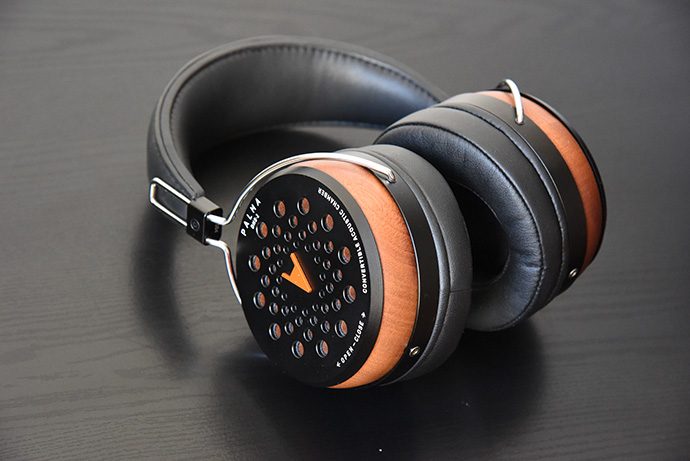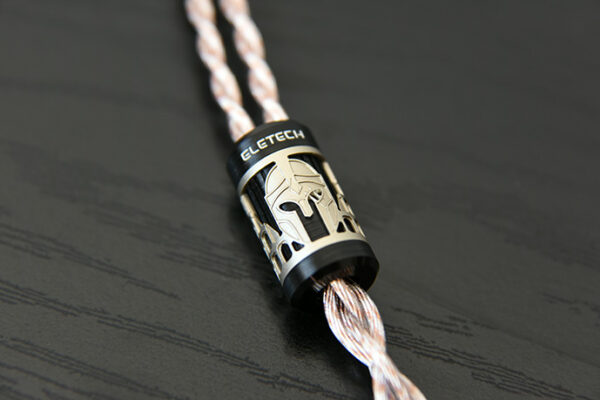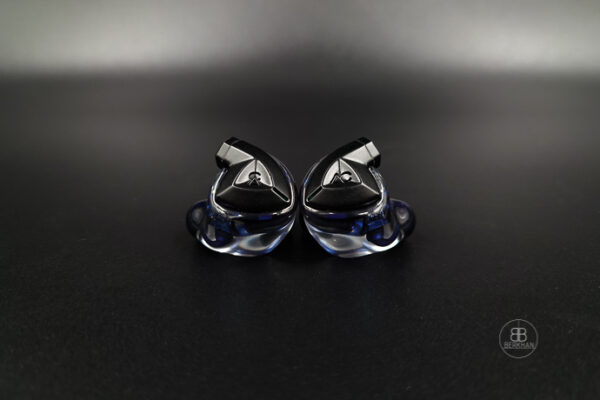In this review we check out the all-new DHS-1 open/closed headphones from Palma Audio. They sell for €2.195 Euro.
Disclaimer: Palma Audio provided the DHS-1 headphones free of charge for this review. Headfonia and Palma Audio are in no way related to each other.
Palma Audio
Palma Audio is a new headphone brand from Spain that has been gaining some ground in the recent months. Don’t worry, if this is the first time you hear about them. Their website also doesn’t give out a lot of info about their history.
Palma is the creator of what they claim to be the world’s first convertible high-end headphone – the DHS-1.
DHS-1
The DHS-1 is a dynamic driver, over-ear headphone that can switch between open and closed back modes by the turn of the grills. We have seen convertible headphones in the past already, although all of them had to fully swap the cups/grills for their change of modes. The last convertible headphone I remember is the HiFiMAN Edition S from 2016.
All convertible headphones suffered from one thing though. Drastic changes to their sound signature. This is a point Palma Audio claims to have solved.
With the DHS-1 all you have to do is rotate them to open up the holes of the cups. I wouldn’t describe the DHS-1 as an open back headphone though, as there are still a lot of reflective surfaces. To me, they are more like semi-open headphones in this mode.
The DHS-1 uses a 50mm dynamic driver and is rated at an impedance of 32 Ohms. With 102dB sensitivity in open mode, these are rather easy to drive, and you shouldn’t have any power issues. In closed mode the sensitivity rises to 104dB.
You can buy the DHS-1 directly from Palma Audio for €2.195 Euro.

Build Quality
The design and build quality of the DHS-1 are very DIY like. The DHS-1 uses wooden earcups and metal discs which you can rotate. In both cups and discs, you will find drilled out holes, which can be covered by rotating the discs.
The headphones can be set to different sized heads by a gliding mechanism, which keeps the cups steadily in place. The headband-design is rather normal sized, but there is no real weight-dispersion in place. And with the 490 grams weight, this becomes an issue. After roughly 20 minutes I can feel the pressure build up on my scalp to a point where I have to move the headphones around or take them off entirely in order to avoid discomfort.
Palma’s DHS-1 uses 2.5mm mono connectors on each cup. Personally, I would have chosen a sturdier connector, as I have killed those in the past with no force at all. A 3.5mm connector is a lot more robust.
For a first-time product I still think that the build quality is good, but there is room for improvement.
Package
The DHS-1 comes with a protection and carry case in which you’ll find your headphones, three sets of cables and two pairs of velour bags. On top you will also get a user’s manual and a cable tie.
My sample of the DHS-1 arrived with a 6.3mm, a 3.5mm and a 4.4mm cable. But I saw on Palma’s website, that they have changed the 4.4mm cable to a 4pin XLR instead. Though I welcome the 4.4mm balanced cable, I think the change to 4pin XLR is good, given that most of today’s stationary headphone amplifiers feature this output.
All in all, I think the package checks out for the price.

Sound
During the past weeks I used the Palma Audio DHS-1 with a variety of portable and desktop gear. My ear-time went into the Lotoo PAW Gold Touch first and second generation, as well as the Astell&Kern SP3000M in the portable segment. At home I used the Chord Electronics Hugo TT2, the Matrix Audio Element M2 and the Holo Audio Serene KTE. Although the supplied cables indicate that the DHS-1 is suitable for portable gear, these do scale up with better amplification to my ears.
The Palma Audio DHS-1 can be summarized as a neutral and analytical headphone with an emphasis on the upper midrange. It brings a sterile and light sound to the table, that could truly benefit from extra warmth, body and emotions. The DHS-1 will uncover any blemishes of the track’s mastering or misbehavior of the connected gear with ease, so pairing should be done carefully. The consistency of the sound when switching between open and closed back is surprisingly solid. With open cups you will get slightly more presence in the lower midrange, but that’s about it.
Let’s dive in a little further.
The article continues on the next page. Use the jumps below or click here to get to page two!









